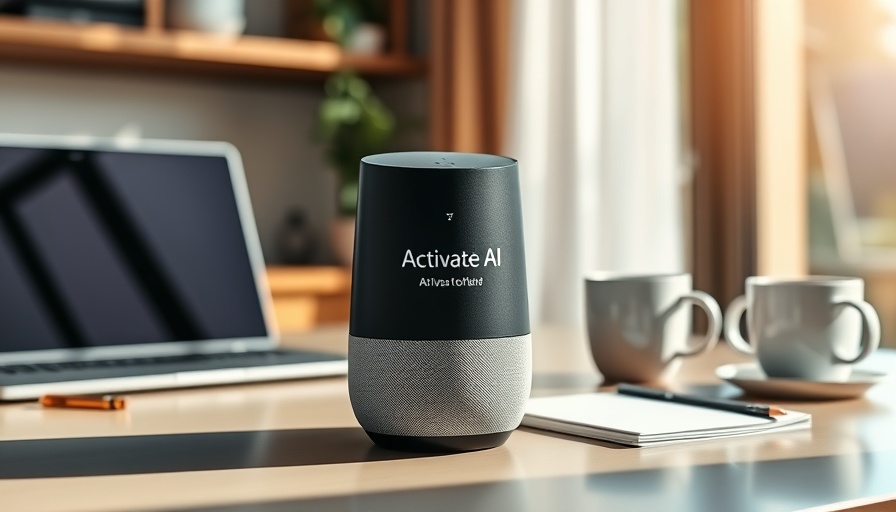
The Transformative Power of Voice-Activated AI Assistants
In today’s fast-paced business world, small enterprises are often burdened with communication bottlenecks that can drain productivity. Voice-activated AI assistants have emerged as pivotal tools, streamlining interactions and enhancing efficiency within organizations. Unlike consumer-centric applications that often miss the mark, these sophisticated systems have evolved to genuinely cater to the operational needs of small businesses.
Eliminating Time-Consuming Tasks
Many small business owners will agree that a significant portion of their day is wasted on trivial communication tasks—whether it's scheduling meetings or sifting through overwhelming inboxes. Voice AI technology addresses this issue by converting spoken commands into actionable tasks. Imagine simply stating, “Reschedule my meeting with Sarah to Thursday at 2 PM,” and having the assistant handle the logistics seamlessly, notifying all parties involved. This integration not only saves time but allows business owners to focus on more strategic decision-making.
Revolutionizing Meeting Notes
Let’s face it—most meeting notes are either too vague to be actionable or overwhelming in their detail. Voice AI is here to revolutionize how meetings are documented. By intelligently identifying key moments, such as decisions and action items, these tools create clear, organized notes that ensure all team members are on the same page. Imagine no longer having to chase down uninspiring notes after meetings; it’s a game-changer for productivity.
Enhancing Customer Communication
Voice AI also transforms customer communication by minimizing the frustrating wait times often associated with traditional methods. Gone are the days of endless phone trees and waiting for email replies; with voice assistants, businesses can provide prompt and effective responses to customer inquiries, leading to improved satisfaction and loyalty.
Small Business Growth with AI Technology
For small business owners looking to leverage technology for growth, the potential of voice-activated AI is practically limitless. By embracing these innovations, businesses can streamline operations, enhance productivity, and ultimately deliver better services to their customers.
As AI technology continues to advance, those who adapt will find themselves at a competitive advantage. Discover how to integrate voice-activated AI into your daily operations and unlock the full potential of your business capabilities.
 Add Row
Add Row  Add Element
Add Element 



Write A Comment